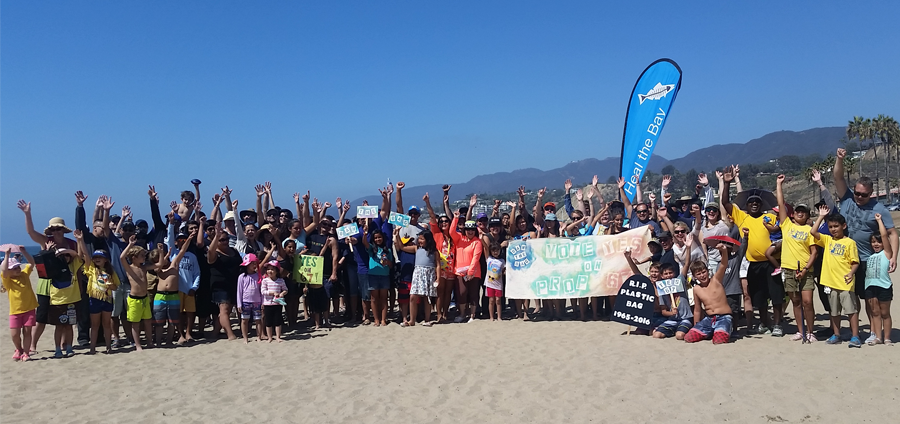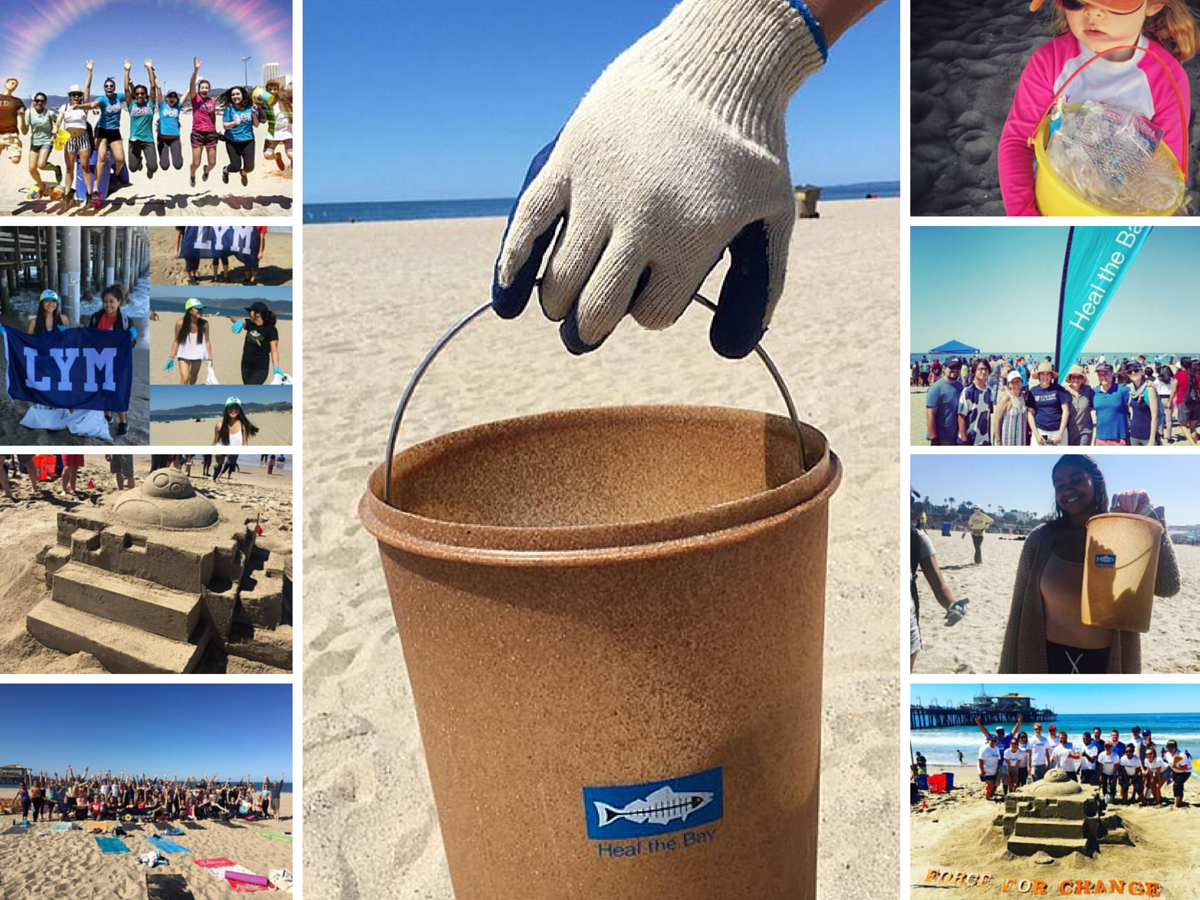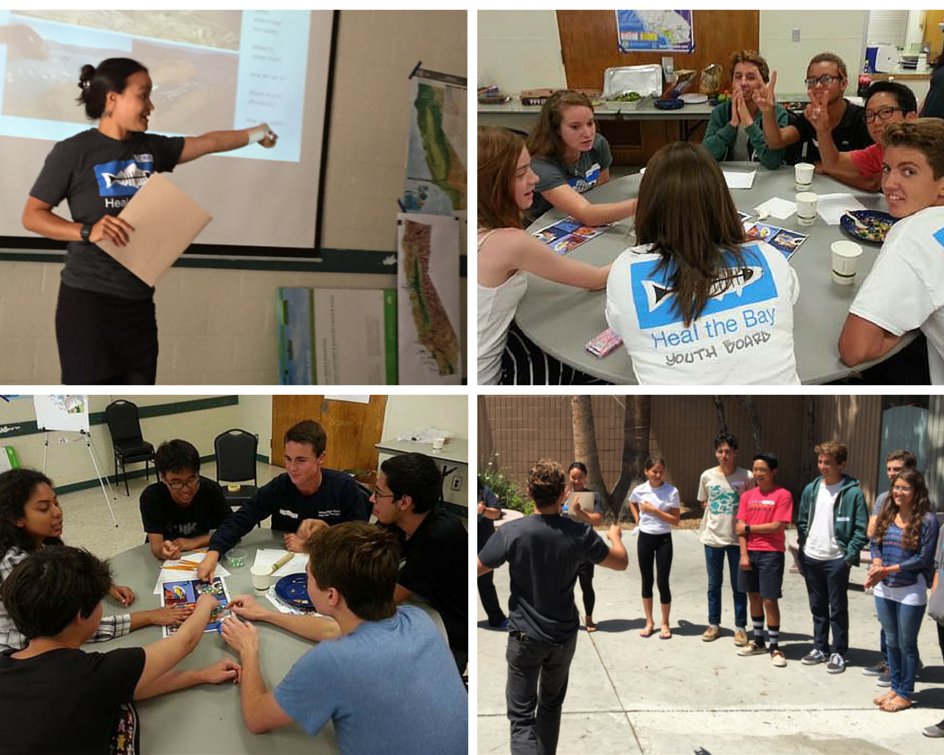October 29,2024 — There are exciting propositions that could lead to important environmental change on California’s general election ballot this year. We created this voter guide to help you make the most informed vote possible on the environmental issues facing California and Los Angeles. On November 5 (or earlier, if you’re voting by mail), cast your votes with confidence.
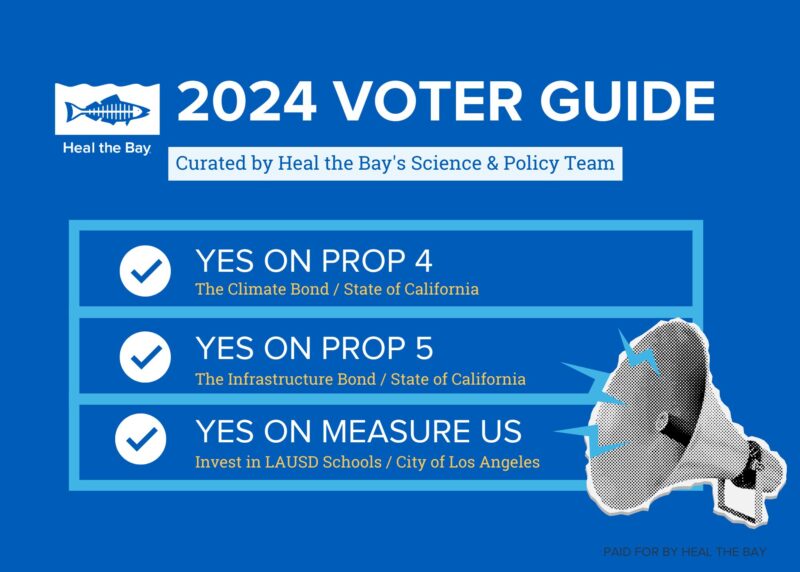
Heal the Bay is excited to share our insights and vision for how science and policy can protect the environments we cherish. We encourage voters to explore our resources and do their own research to make informed decisions. Your engagement is vital for safeguarding our coastal ecosystems.
Ready? Set! VOTE!
Proposition 4: California Climate Bond – the safe drinking water, wildfire prevention, drought preparedness, and clean air bond act
The issue: Approving Proposition 4 would authorize $10 billion to be spent on environmental and climate projects. The most significant portion, $3.8 billion, would be spent on water projects. Half of those funds would be earmarked to improve water quality. The remainder will be allocated to protecting the state from floods, droughts, and other activities, including restoring rivers and lakes. The rest of the money would be spent on:
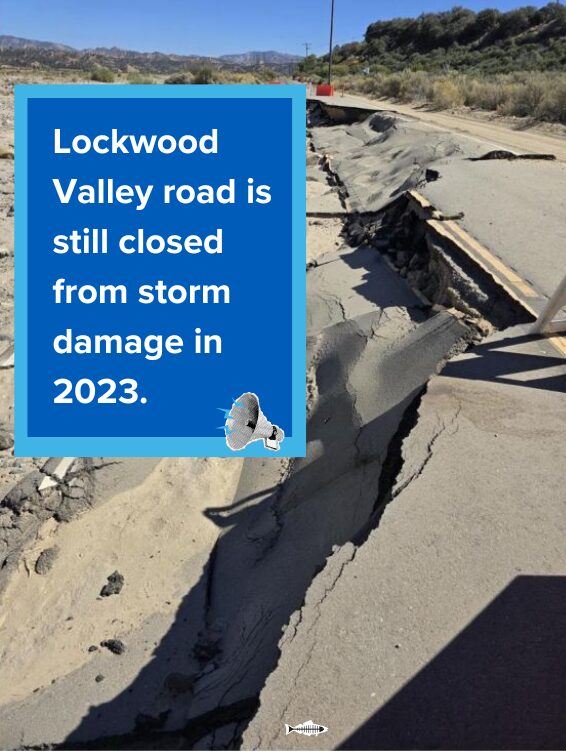
- Wildfire and extreme heat projects, $1.95 billion.
- Natural lands, parks, and wildlife projects, $1.9 billion.
- Coastal lands, bays, and ocean protection, $1.2 billion.
- Clean energy projects, $850 million.
- Agricultural projects, $300 million.
The stakes: California has yet to recover from the multiple atmospheric rivers that fell between December 31, 2022, and March 25, 2023. The heavy rain fall resulted in massive property damage and at least 22 fatalities across the state. Intensifying storms, L.A.’s aging infrastructure, and ongoing sea level rise are ingredients for a perfect storm that could wreak havoc on coastal properties and shorelines while seriously straining our local economy. Is L.A. ready? Prop 4 gives our region a chance to build resiliency and buffer our fragile water systems against weather whiplash.
Our recommendation: Cast your ballot for climate ready beaches and neighborhoods. Vote YES.
Proposition 5: Lower voter threshold for local infrastructure bonds
The issue: State law currently requires a super majority (2/3) for passage of local housing and infrastructure bond measures, which restricts the ability of local voters to approve those bonds for their communities. Prop 5 would lower the threshold from 66.67% to 55% for passage of local bonds related to infrastructure for water, parks, housing, transportation and more.
The stakes: Los Angeles’ water infrastructure has been historically underfunded, which is why 33% of our sewage infrastructure is past its expected lifespan. We need to upgrade sewage infrastructure now as well as invest in water recycling and stormwater capture to improve water quality, protect public health, and to secure a reliable climate-resilient water supply. Prop 5 would apply to all local housing and infrastructure bond measures, and will, for example, allow local communities to more easily invest in critical water infrastructure.
Our recommendation: Making it easier to fund critical water infrastructure projects will protect public health. VOTE YES.
Measure US*: Aging LAUSD schools require urgent infrastructure funding
The issue: LAUSD schools need infrastructure funding. About 80% of the buildings were built over 50 years ago and need upgrades for student and faculty safety and daily experience. LAUSD owns 6,400 acres of land in Los Angeles which presents an enormous opportunity to include multi-benefit stormwater capture in property upgrades.
The stakes: LAUSD forecasts $80 billion in unfunded fixes and necessary campus improvements. This ranges from faulty A/C units, lack of shade and green space, leaky roofs, plumbing, and much more. As we experience hotter days and weather extremes in the face of climate change, we must prepare for the future and invest in spaces where our kids spend so much time. This $9 billion bond is the first step to address some of these disparities and work towards technology improvements for students, accessibility, and energy efficiency/electrification. Specifically, $1.25 billion is earmarked for school greening projects, like planting trees, increasing shade, ripping up asphalt, and creating outdoor learning spaces. These upgrades not only improve our students’ physical and mental health but can also capture stormwater, reducing the pollution reaching our coastal waterways.
Measure US funding will:
- Improve school safety
- Upgrade classrooms to prepare students for college and careers
- Replace leaky roofs, unreliable plumbing, electrical, and HVAC systems
- Update learning technology and infrastructure – including energy efficiency and electrification
- Improve schools for disability access and earthquake safety
- Renovate older schools to reduce disparities
- Upgrade old and deteriorating athletic facilities and play structures
- Create outdoor learning spaces and upgrade school yards
Our recommendation: Support investing in a healthier school environment for our LAUSD students. Greener schools mean greener communities. VOTE YES.
*City of Los Angeles voters only.
Got election questions? Not sure when/where/how/if to vote? Visit the Secretary of State’s election FAQ page.
Want to learn more about Heal the Bay’s Science and Policy work? Subscribe to our Blue News Letter for the latest updates and insights! SUBSCRIBE



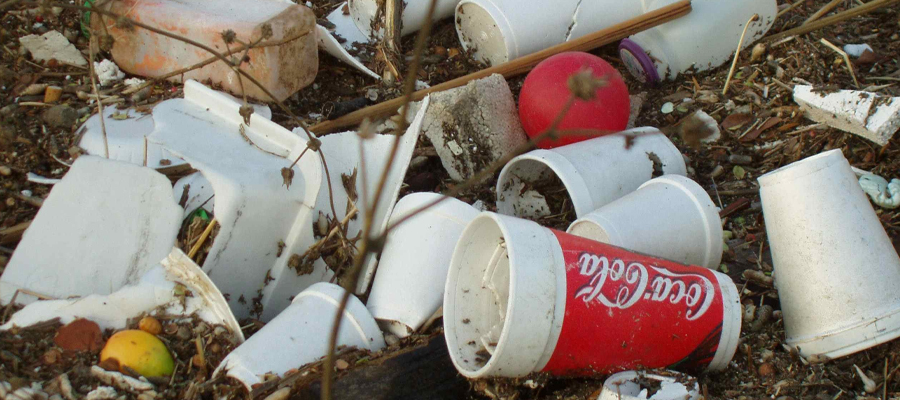

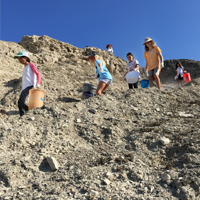 I spent a beautiful morning with about two dozen volunteers at Lunada. The only intimidation I felt this day was figuring out how to navigate the twisting, semi-treacherous path to the beach without falling on my butt. And the only locals I crossed paths with were an adorable group of girls volunteering from Lunada Bay Elementary School across the street. They weren’t too menacing.
I spent a beautiful morning with about two dozen volunteers at Lunada. The only intimidation I felt this day was figuring out how to navigate the twisting, semi-treacherous path to the beach without falling on my butt. And the only locals I crossed paths with were an adorable group of girls volunteering from Lunada Bay Elementary School across the street. They weren’t too menacing.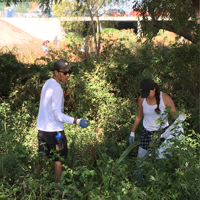 On my way home, I detoured to another one of my favorite sites — Compton Creek, a largely forgotten gem in the necklace of green spaces along the L.A. River.
On my way home, I detoured to another one of my favorite sites — Compton Creek, a largely forgotten gem in the necklace of green spaces along the L.A. River.